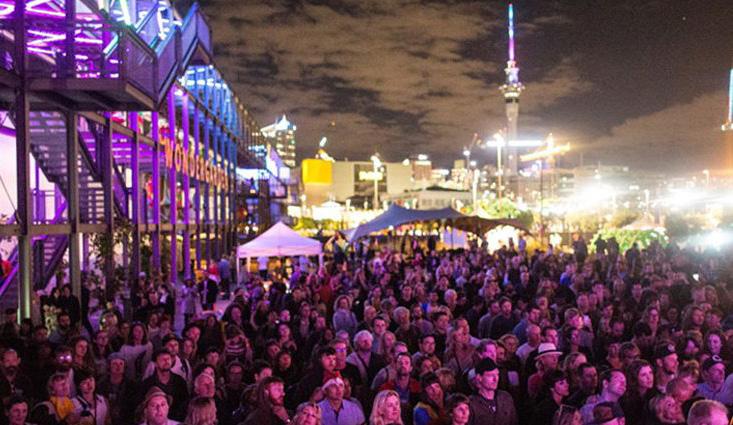
3 minute read
Singapore forges ahead with waste to energy
Yearbook 2020 Innovative combination of waste water and food waste processing
Singapore’s new Integrated Waste Management Facility (IWMF) will be among the world’s largest energy recovery facility. The plant design is based on the most advanced wasteto-energy technology S ingapore’s new Integrated Waste Management Facility (IWMF) will be among the world’s largest energy recovery facility. The plant design is based on the most advanced waste-to-energy technology.
Advertisement
By co-locating the facility next to a new water reclamation plant, it will be possible to achieve the highest energy efficiency and lowest greenhouse gas footprint.
When a population of 5.6 million people share a dense area, it is no wonder that elements such a clean water and waste management present a unique challenge.
These are the current conditions in Singapore, and one sustainable approach to tackling such challenges is found in combining waste and wastewater treatment by exploiting the synergies between the two.
Singapore’s National Water Agency (PUB) and Singapore’s National Environment Agency (NEA) have appointed an international team of consultants to establish an Integrated Waste Management Facility (IWMF) alongside the world’s largest water reclamation plant (Tuas WRP) designed to treat the nation’s solid waste and used water.
The IWMF will consist of a waste-to-energy facility and a sludge incineration plant. In addition, the IWMF will include handling of food waste and separation of recyclable waste at a Material Recovery Facility.
The construction of the two facilities is part of the extensive Deep Tunnel Sewerage System (DTSS) Phase 2 project, which is a super highway for the collection, treatment and disposal of used water, while the IWMF is a key solid waste management
The price of the moral high ground
Singapore (5.7 million) and New Zealand (5 million) have a similar size population and hang around on earth for about the same number of years (81-83).
But that is pretty much where the comparison ends. They work harder (56 percent more GDP per capita) and seemingly are willing to face up to unpleasant truths about keeping the planet liveable.
Given the small geographical size of the city state, they are forced, some might say, to run with solutions to stem the damage while more fashionable ways to save the planet mature.
When it gets down to motivation to do more than procrastinate, we lose hands down.
We debate endlessly what to do with our rubbish mountain now that dumping on other countries is no longer a convenient option.
Steadfastly refusing to even put on the agenda advances high temperature incineration, practiced by many countries in Europe and Asia with little in the way of pollutants.
Singapore is investing in waste to energy plants that we find distasteful despite the practice more than offsetting miniscule pollution with associated savings in other processing. It makes no sense.
facility for the handling of multiple waste streams.
The co-located Tuas WRP and IWMF will be the first constellation of its kind in the world planned from the ground-up.
Together, the facilities efficiently collect, treat and discharge used water, enhance water sustainability by enabling large scale water recycling and reap the potential synergies of the water-energy-waste nexus say Ramboll, a key project manager in the venture. Besides conceptually designing the IWMF facility, Ramboll has developed different synergies involving material handling, energy, water and odour/ventilation, which create the basic reasoning for co-locating the facilities.
With 2×4 combustion lines, the IWMF will be able to treat more than 2.5 million tonnes of solid waste annually, which is five times the capacity of the largest European waste-to-energy facilities.
The sludge incineration plant will also be among the largest in world with two large fluidized bed combustion systems.
The food waste facility

prepares the waste for treatment by anaerobic digestion at Tuas WRP where a biological process breaks down the organic materials without requiring oxygen to produce biogas.
The innovative mega-project brings along high expectations and demands for excellence. The DTSS project has a great focus on technical excellence and environmental protection.
The IWMF will be designed for higher energy and resource recovery efficiencies. It will be able to generate more electricity and recover more materials such as recyclables and metals for reuse.
The IWMF will be equipped with advanced technologies to ensure clean air emissions as well as minimise solid residues for disposal at Singapore’s Semakau landfill.











